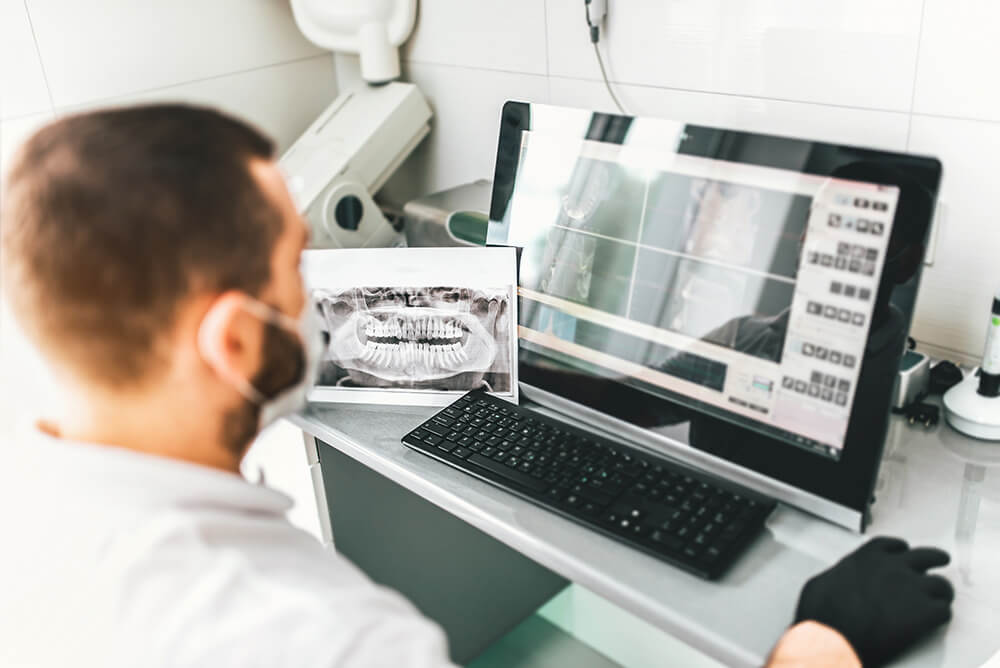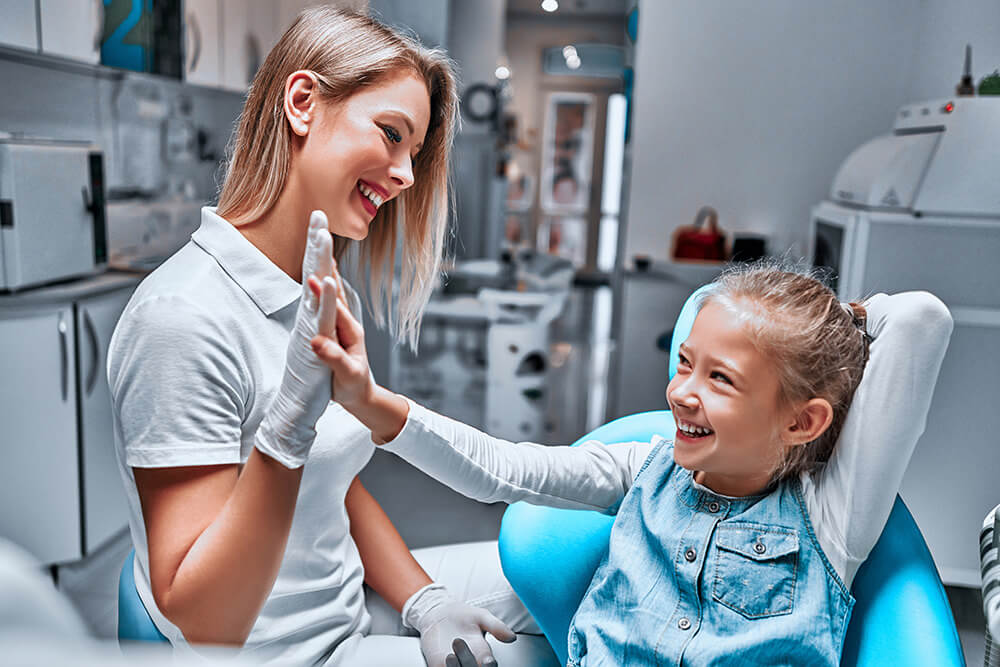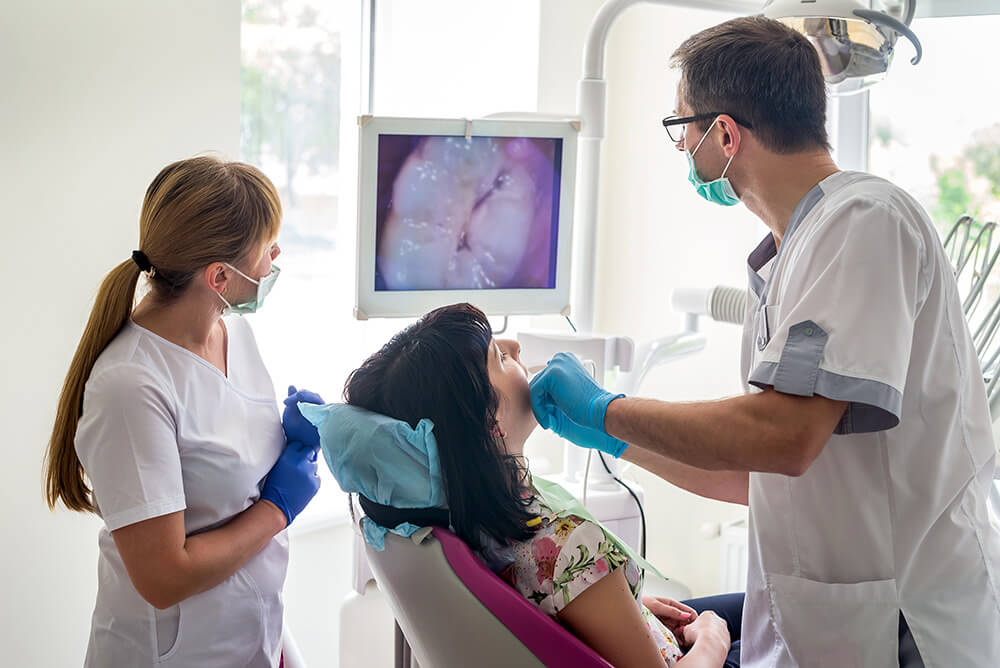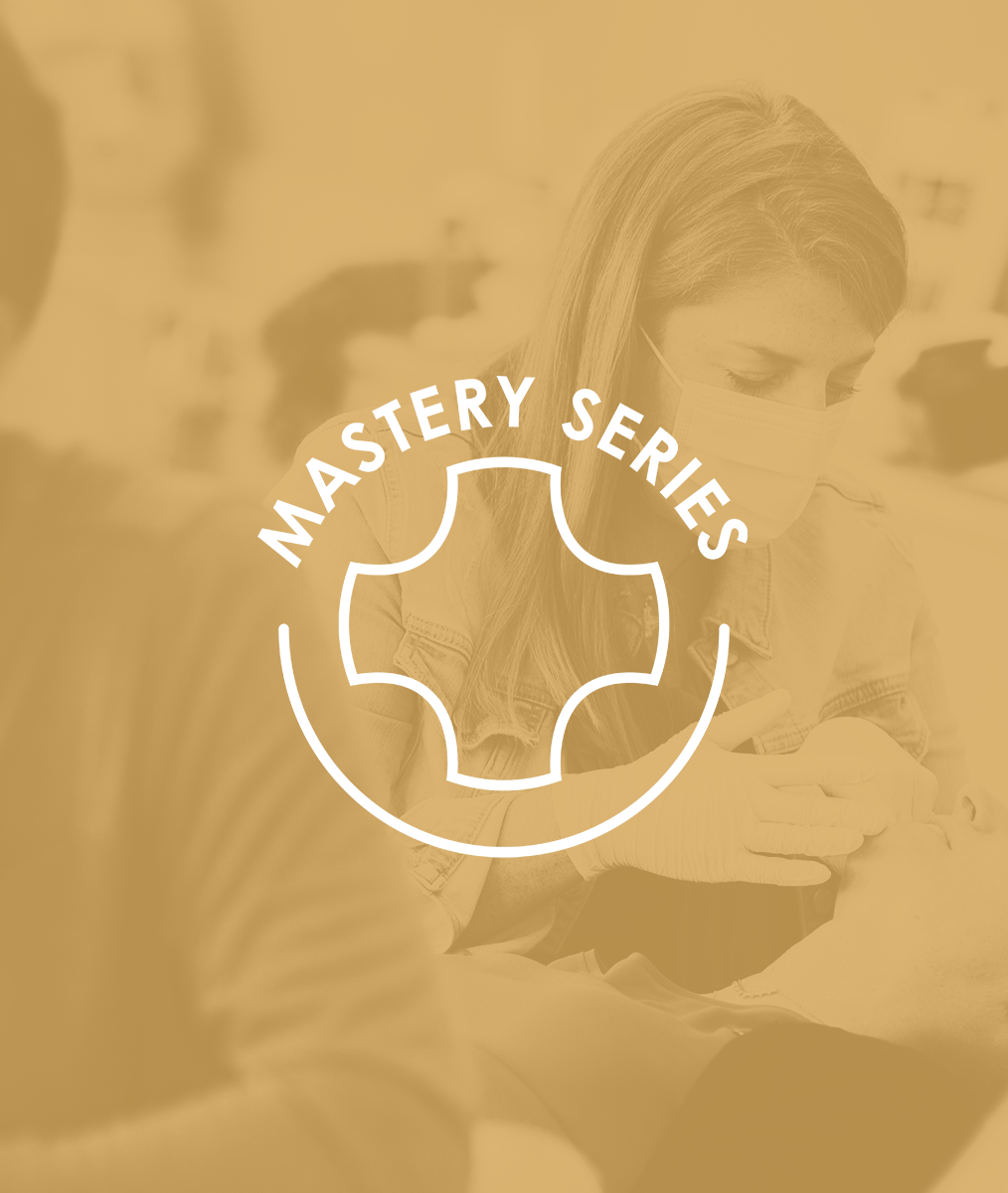From Your Practice to the Lab – Continuation of a Philosophy of Treatment
This blog is a precursor for the long lecture I will do on this topic at the 2021 Pankey Symposium.
Over the last decade, there have been major changes in how we do things in our laboratory (Niche Dental Studio), but from small cases to full mouth and hybrid cases, traditional Prosthodontic protocols still guide everything we do. These foundational processes provide a structural/philosophical approach for all our cases.
It’s a philosophical approach to diagnosis and treatment that you have been learning in your Pankey Institute courses. It’s an approach that extends from your dental practice into our lab, so our lab becomes part of your practice.
What are the key principles of this philosophy or approach?
- We will use optimal diagnostic protocols, communication, technology and methods to deliver custom prostheses as efficiently as possible while not compromising on the quality of the products.
- We will do our best to deliver products that meet or exceed your expectations for optimal function, comfort, and natural esthetics.
Here are some of the things that we do the same and some we do differently than we did ten years ago.
Feldspathic ceramics still produce the most natural appearance.
In the past everything we made was made by hand, and it was the prosthodontic protocols of this handwork that enabled us to have success using CADCAM technology today. And while today’s CADCAM dentistry is great, it does not replicate the results of restorations made by hand. A machine can’t mill “infinity margins.” Monolithic materials used in milling do not contain multiple levels of opacity.
To blend perfectly with Nature, restorations must still be made by hand, and in our laboratory, feldspathic veneers are still our “go to” type of restoration for central incisors. Layered feldspathic ceramics not only look the best but also are the best for marginal integrity. The restoration on number 8 below is an example.

For fit and finish, these types of anterior restorations are still the prosthodontic foundation of our Niche Dental Studio.
We still aim to replicate natural teeth.
Another foundational attribute of prosthodontic protocols is to replicate nature. Part of our success has been how much time and effort we have put into studying natural teeth and helping Pankey Institute trained dentists distinguish themselves by using restorations that are exquisitely made to appear natural and blend in the patient’s smile.
Today’s patients desire natural esthetics once they understand the elements of what makes teeth appear natural. If a patient seems stuck on a cosmetic dentistry meme of the past and requests whiter, brighter, straight teeth that will not blend in their smile, a conversation with your patient that illustrates tooth, smile, and facial esthetics will be appreciated by your patient and distinguish you as a caring, exacting dentist.
To create restorations that appear natural and don’t “jump out,” we do the following things:
- Increase the “value” of the color but not enough to create harsh contrast.
- Play with the levels of the incisal embrasures and the translucency.
These prosthodontic protocols can be implemented by you, too, while doing composite build-ups.
We use new technology to optimize communication.
From the ceramist’s perspective, I don’t want to see just close-up images of teeth. I want to see the patient. For many of our cases, we see the patient in our lab. Local patients come in for a consultation. We consult with other patients via Skype or Facetime. Seeing the entire smile, the entire face in natural interaction, aids us in doing our best.
 Modern 3D technology has changed how labs communicate visually with doctors and their patients. We’re constantly sending 3D screen shots back and forth with our doctors so they can check out the design and show them to a patient. An image like this one is confusing to patients. So, we’ve been able to integrate those screen shots into a photo of the patient to create a virtual image the patient grasps more easily.
Modern 3D technology has changed how labs communicate visually with doctors and their patients. We’re constantly sending 3D screen shots back and forth with our doctors so they can check out the design and show them to a patient. An image like this one is confusing to patients. So, we’ve been able to integrate those screen shots into a photo of the patient to create a virtual image the patient grasps more easily.
CAD technology allows us to work more efficiently, but we still hand-finish restorations.
In our laboratory, we mill a lot of lithium disilicate crowns for clients. Prior to milling the lithium disilicate, we like to mill the restorations in wax. The milling quickly does 80% of the model creation and gives us the opportunity to hand finish the other 20% as we traditionally would. We can now put all our esthetic and creative efforts into finishing the case. We also mill temporary restorations from IOS data without hand modifying them.
Using IOS and CAD has made the lives of our clients much easier. For example, in the past, with full mouth cases, we did a lot of wax-ups when raising verticals. The doctors found working with matrixes too time consuming. They preferred working with eggshells and would reline them. Little problems would creep in when seating these eggshells. Perhaps, the cant was a little off or the vertical wasn’t raised accurately. With 3D imaging, it is far easier, because now we can do our full mouth wax-ups, scan them, and print the eggshells from scans with full palatal rest and retro-molar rest. There is now only one definitive way to seat the eggshells.
This is just a taste. There is so much to share.
To see how we do actual cases, in detail, go to the free Pankey Webinar: Prosthodontic Protocols for the Modern Dental Team. There you will see how our modernized approach, guided by traditional prosthodontic processes, becomes an extension of your treatment goals. I look forward to sharing more with you at the 2021 Pankey Symposium.
Related Course
E3: Restorative Integration of Form & Function
DATE: February 8 2026 @ 8:00 am - February 12 2026 @ 2:30 pmLocation: The Pankey Institute
CE HOURS: 41
Dentist Tuition: $ 7500
Single Occupancy with Ensuite Private Bath (per night): $ 355
Understanding that “form follows function” is critical for knowing how to blend what looks good with what predictably functions well. E3 is the phase of your Essentials journey in which…
Learn More>


















